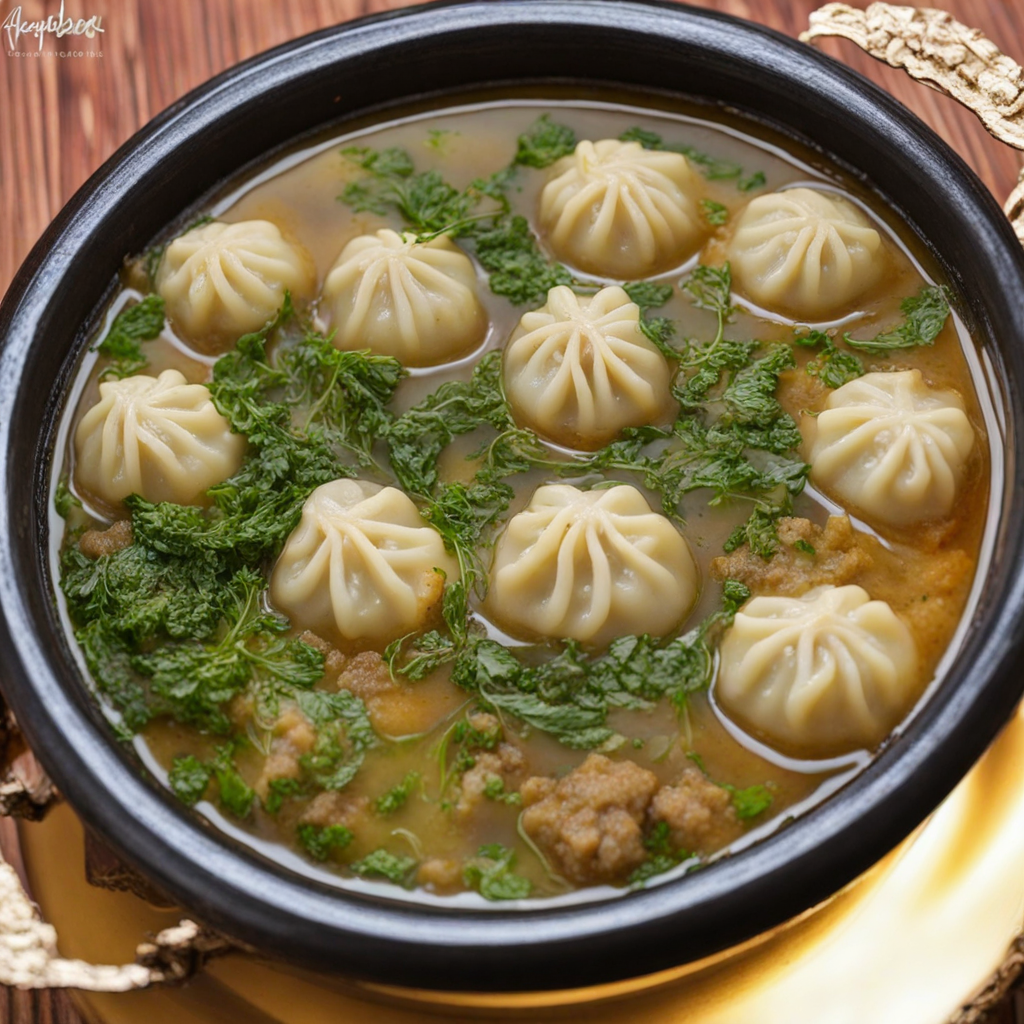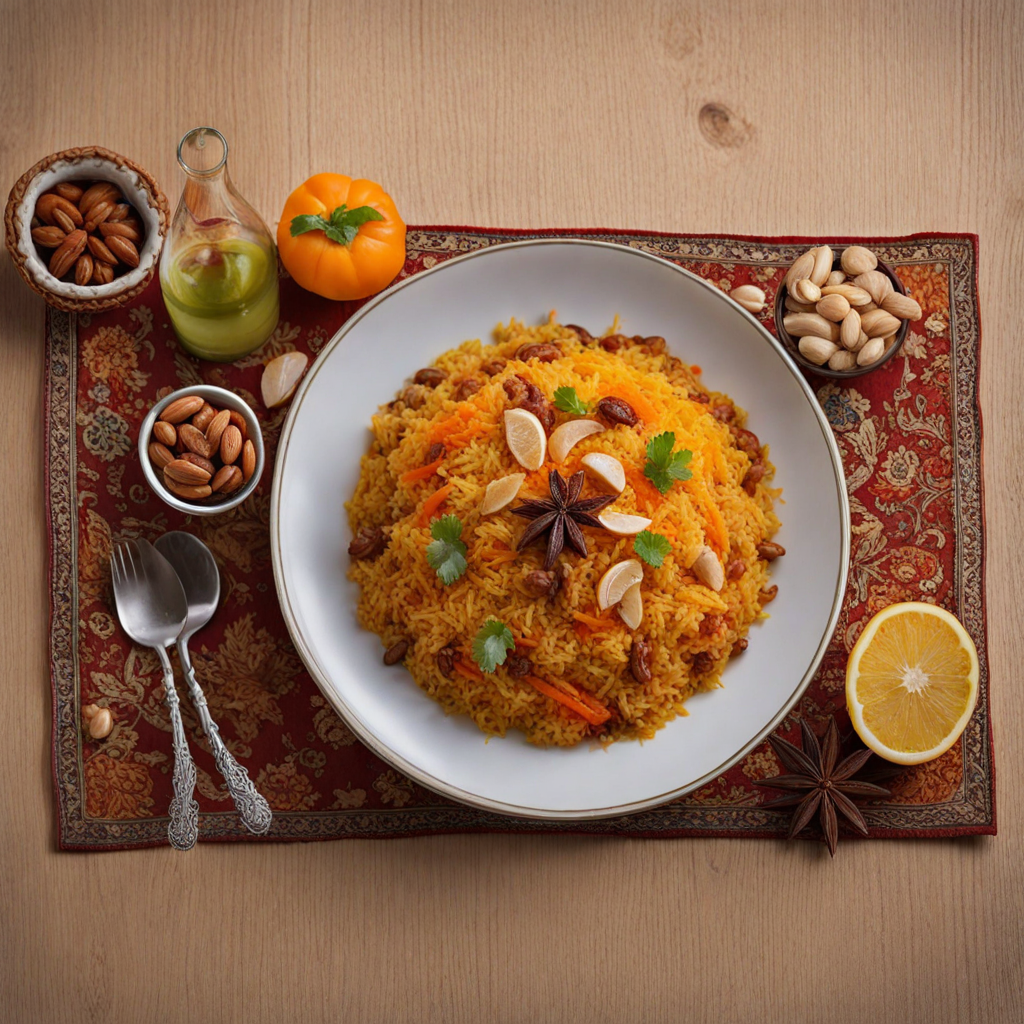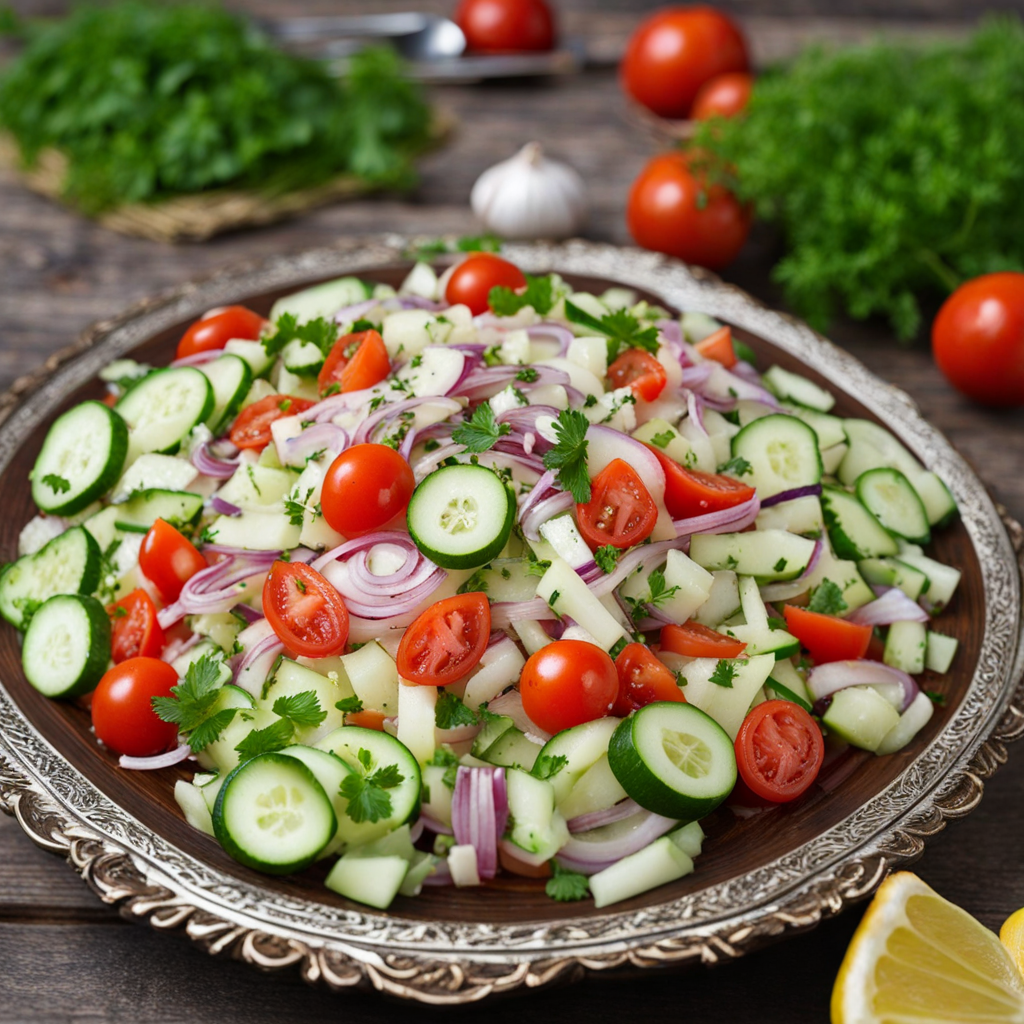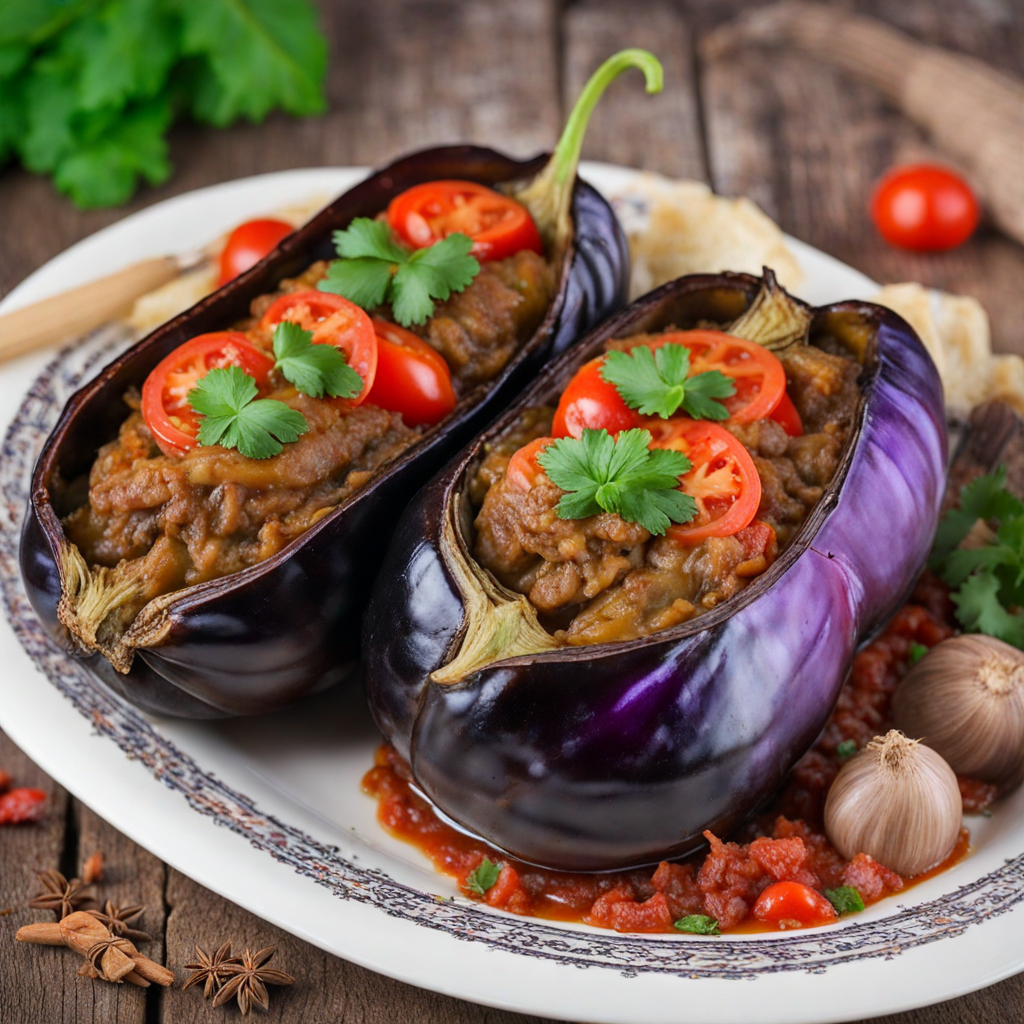Dushbara
Dushbara is a delightful Azerbaijani dish that showcases the country's rich culinary heritage through its unique flavors and textures. This traditional dumpling is typically filled with finely minced meat, often a blend of lamb or beef, seasoned with aromatic herbs and spices. What makes Dushbara particularly intriguing is its delicate wrapper, made from a simple dough of flour, water, and salt, which is rolled out thinly to encase the savory filling. The dumplings are then carefully shaped into small, bite-sized pockets that are perfect for dipping or slurping. Once the Dushbara are formed, they are cooked in a fragrant broth, which is often enriched with a medley of vegetables and spices, creating a comforting and satisfying dish. The broth not only enhances the flavor of the dumplings but also adds a warming, hearty element to the meal. As you take a bite, you'll experience the tender, juicy filling that bursts with flavor, perfectly complemented by the subtle richness of the broth. This combination creates a harmonious balance that is both nourishing and indulgent. Dushbara is typically served with a side of vinegar or garlic sauce, allowing diners to customize the taste to their preference. This dish is not just a meal; it's an experience that invites you to savor the comforting essence of Azerbaijani cuisine. Whether enjoyed at a family gathering or a cozy restaurant, Dushbara promises a journey into the heart of Azerbaijan's culinary traditions, making it a must-try for anyone looking to expand their palate with new and exciting flavors.
How It Became This Dish
The History of Doşbara: A Culinary Gem of Azerbaijan Origins of Doşbara Doşbara is a traditional Azerbaijani dish that embodies the rich culinary heritage of Azerbaijan. Its roots are deeply embedded in the ancient practices of cooking and communal eating that characterize the region. The dish consists of small dumplings, typically filled with minced meat and herbs, and served in a flavorful broth. The name "doşbara" itself may derive from the Persian word "doshab," which means to mix or blend, reflecting the dish's essence of combining flavors and textures. Historically, Azerbaijan has been a crossroads of various cultures and civilizations, including Persian, Ottoman, and Russian influences. This melding of cultures is evident in many Azerbaijani dishes, including doşbara. The dish is believed to have evolved over centuries, with the earliest records of dumpling-like foods found in the region dating back to the 9th century. The use of local ingredients, particularly lamb and herbs, showcases the agricultural richness of the Azerbaijani landscape. Cultural Significance In Azerbaijan, doşbara is more than just a meal; it is a symbol of hospitality, family, and community. The preparation and consumption of doşbara often take place during significant events and gatherings, such as weddings, holidays, and family reunions. The act of making doşbara is a communal affair, often involving family members coming together in the kitchen to prepare the dough, fill the dumplings, and simmer the broth. This process fosters a sense of togetherness and strengthens familial bonds. The dish also holds a prominent place in Azerbaijani folklore and cultural narratives. It is often associated with warmth and comfort, making it a popular dish during cold winter months. Its hearty nature provides nourishment and sustenance, reflecting the traditional Azerbaijani values of generosity and sharing. In many households, serving doşbara is a way to honor guests, showcasing the host’s culinary skills and the importance of hospitality in Azerbaijani culture. Development Over Time As Azerbaijan underwent various historical transformations, so too did the culinary landscape, including the evolution of doşbara. During the Soviet era, traditional Azerbaijani dishes faced challenges as the government promoted a more uniform Soviet identity, often overshadowing regional cuisines. However, despite these pressures, doşbara remained a beloved dish among Azerbaijani families, symbolizing resilience and the preservation of cultural identity. In the post-Soviet era, there has been a resurgence of interest in traditional Azerbaijani cuisine, with doşbara emerging as a focal point of gastronomic pride. Chefs and home cooks alike have revisited age-old recipes, often adding their own twists while maintaining the essence of the dish. This revival has led to doşbara being featured not only in local homes but also in restaurants, showcasing the richness of Azerbaijani culinary traditions to a broader audience. The preparation of doşbara has also seen innovation over the years. While the traditional filling typically consists of minced lamb mixed with herbs like dill, mint, and parsley, modern interpretations may incorporate other meats or vegetarian options, catering to diverse palates. The broth, usually made from lamb or beef bones, is often enriched with spices like black pepper, turmeric, and saffron, creating a fragrant and flavorful base that enhances the dumplings. Regional Variations Azerbaijan's diverse geography has given rise to regional variations of doşbara, each reflecting local tastes and ingredients. In the mountainous regions, where sheep farming is prevalent, the dumplings might be larger and the broth heartier, while in coastal areas, seafood variations may be more common. Additionally, some regions might introduce unique herbs or spices that are locally grown, further diversifying the flavors of the dish. Modern Popularity and Global Recognition In recent years, Azerbaijani cuisine, including doşbara, has gained international recognition. Food festivals, culinary competitions, and cultural exchanges have introduced this dish to global audiences, allowing people to appreciate its depth and complexity. The growing interest in world cuisines has also led to an influx of Azerbaijani restaurants abroad, where doşbara is featured prominently on menus, serving as an ambassador for the country’s culinary heritage. Social media has played a significant role in the global appreciation of doşbara. Food bloggers and influencers have highlighted the dish through captivating visuals and narratives, sharing recipes and cooking experiences that resonate with a broader audience. This digital presence has not only revitalized interest in traditional Azerbaijani cuisine but has also fostered a sense of community among food enthusiasts worldwide. Conclusion Doşbara is more than just a dish; it is a reflection of Azerbaijan’s rich history, cultural significance, and culinary evolution. From its ancient origins to its modern-day popularity, doşbara encapsulates the essence of Azerbaijani hospitality, community, and resilience. As it continues to evolve and adapt, doşbara remains a cherished symbol of a nation’s culinary identity, bridging the past with the present and inviting people to partake in the warmth of Azerbaijani culture. Whether enjoyed in a bustling restaurant or shared among family at home, doşbara is a testament to the enduring power of food to connect and nourish, transcending borders and generations.
You may like
Discover local flavors from Azerbaijan







